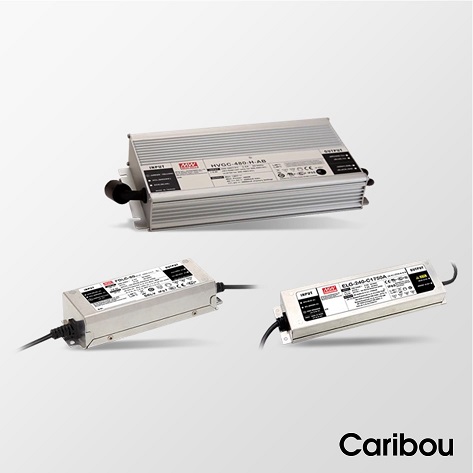There are plenty of factors to look at when choosing the one that works best for you.
One important choice is that of choosing a constant current LED driver versus a constant voltage LED driver. Now, it’s known that LED drivers are considered constant current devices, so why do manufacturers offer constant voltage drivers for LEDs as well? How can we tell the difference between these two?
Constant current and Constant voltage drivers are both viable options for a power supply for LED light sources, what differs is the way in which they deliver the power. LED drivers are the driving force that provides and regulates the necessary power to make sure the LEDs operate in a safe and consistent manner. Understanding the difference between the two types can:
- Aid in properly powering LEDs
- Avoid serious damages to your LED investment
Constant current LED drivers are designed for a designated range of output voltages and a fixed output current (mA). LEDs that are rated to operate on a constant current driver require a designated supply of current usually specified in milliamps (mA) or amps (A). These drivers vary the voltage along an electronic circuit which allows current to remain constant throughout the LED system. Higher current ratings do make the LED brighter, but if not regulated, the LED will draw more current than it is rated for. A constant current driver is the best way to drive high power LEDs as it maintains a consistent brightness across all LEDs in-series.
Constant voltage drivers on the other hand are designed for a single direct current (DC) output voltage. Most common constant voltage drivers (or Power Supplies) are 12VDC or 24VDC. An LED light that is rated for constant voltage usually specifies the amount of input voltage it needs to operate correctly.
A constant voltage power supply receives standard line voltage (230VAC).
Constant Voltage Drivers switch this alternating current voltage (VAC) to a low direct current voltage (VDC). The driver will always maintain a constant voltage no matter what kind of current load is put on it.

